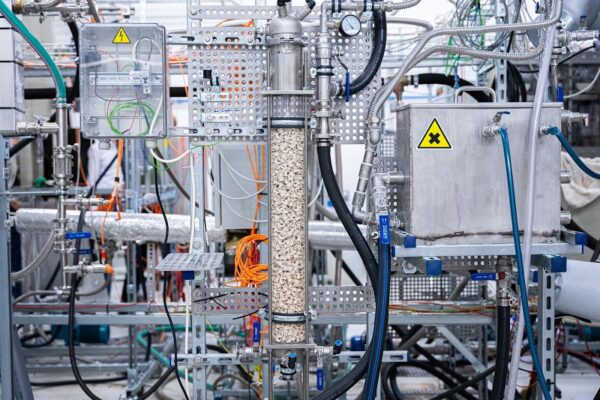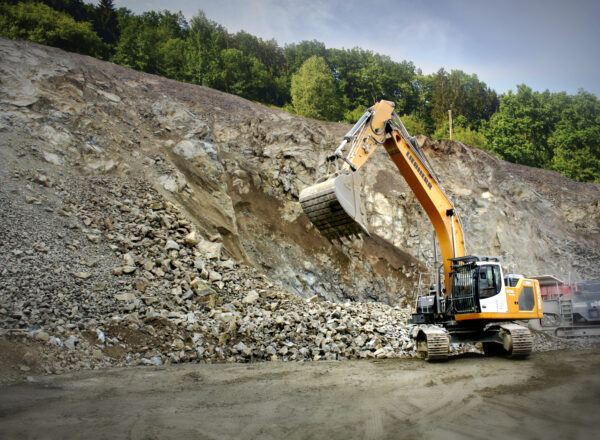30. 1. 2024
We received a grant in cooperation with the VUT. We will help winemakers with their wastewater
Up to 550,000 hectolitres – that is how much wine is produced in Czech and Moravian enterprises in one calendar year. With such a volume of production, Czech and Moravian wineries must repeatedly deal with the problem of waste water generated during grape processing and wine production. Particularly at harvest time, this waste water reaches extreme levels of organic pollution. Substances such as sugars, acetic acid and ethanol are present to a large extent. That is why we want to bring winemakers technology that can effectively clean and even recycle waste water. Thanks to our joint efforts with researchers from the BUT, we have succeeded in the TREND grant project announced by the Technology Agency of the Czech Republic.
For conventional wastewater treatment plants, such strong organic pollution is usually a problem and winemakers cannot discharge such wastewater into the public sewage system because it could damage the treatment plant. In fact, the value of organic pollution in normal municipal water is many times higher than that of wineries. Building their own wastewater treatment plant using currently available technologies is a matter that requires a relatively large construction area and is not feasible for many wineries in terms of the level of investment.
That is why, in partnership with the BUT, we are developing a new technology that can be built in a small space with a minimum of structural modifications and at a reasonable investment cost. “The cooperation has been going on for over three years. Three to four employees of the company are involved in the work. We have now succeeded in our project in a grant application to the Czech Technology Agency,” says Petr Hajný, director of HUTIRA’s VODA division.

Winery wastewater is typically generated from rinsing tanks, pipelines and other wine production equipment. It is contaminated with both sugars, which are a natural part of the grapes, and ethanol, i.e. residual alcohol. Due to the presence of sugar, the waste water can naturally continue to ferment, which later produces acetic acid. However, a large part of this wine blend can be further used.
“The important thing is that we are not only concerned with cleaning the water, which could then be, in layman’s terms, “discharged into the canal”. From the beginning, we wanted to recycle the water, i.e. to process it so that it could be further used. And ideally to extract valuable substances from it, in this case ethanol,” explains Michal Touš, a researcher at the Institute of Process Engineering at Brno University of Technology.
The basis of everything is the integration of two technological processes – vacuum evaporation and so-called stripping. Simply put – in wastewater evaporation, water and ethanol pass into the gas phase, separating them from the rest of the solution. This process leaves roughly a tenth of the original amount, but it is very heavily polluted. There is potential for this residue to be used, for example, in biogas plants. The sugars in the residual concentrate contain a lot of energy.
“We have been checking for a long time what the situation is not only in the wine industry, but in the whole food industry. These companies often have a problem with waste water due to the nature of their production. We want to bring a technologically innovative solution to such plants that will be acceptable in terms of investment costs and at the same time will be space-saving compared to conventional technologies,” says Petr Hajný, adding that for the time being he would like to direct this technology to larger production plants. In the future, however, he believes that it will also find application in smaller family businesses.
What’s next for the project? At the moment we are preparing the documentation for the container prototype, so calculations and technical drawings are in progress. “We still have a lot of work to do. However, we have already carried out a number of tests and verified the effectiveness of the technological procedures on real water samples from wineries. We would like to have the prototype ready by the end of 2024 and we are currently in negotiations with several companies from the wine sector where we would like to test the technology in operation on real wine waters for a longer period of time,” concludes Petr Hajný.
